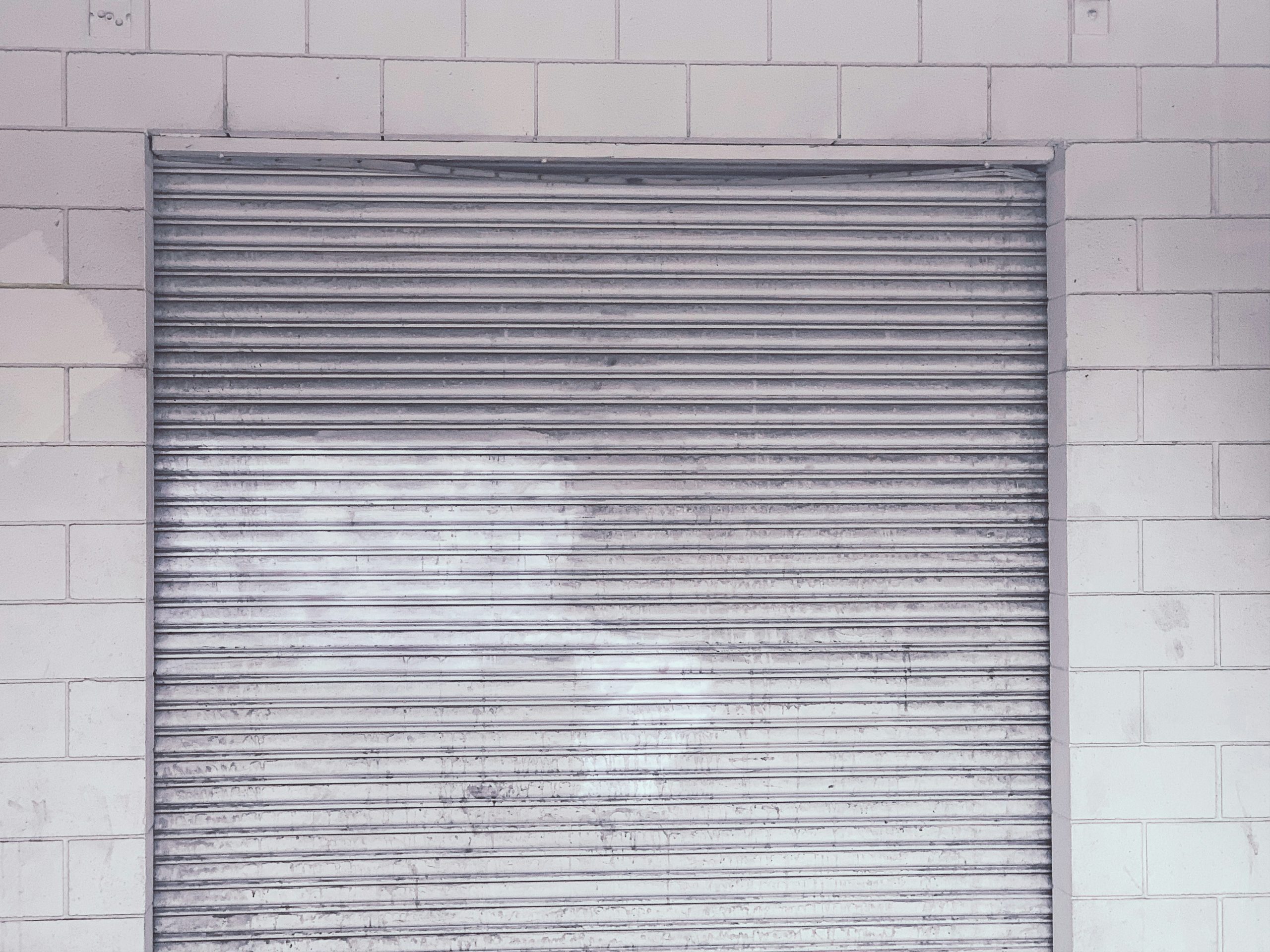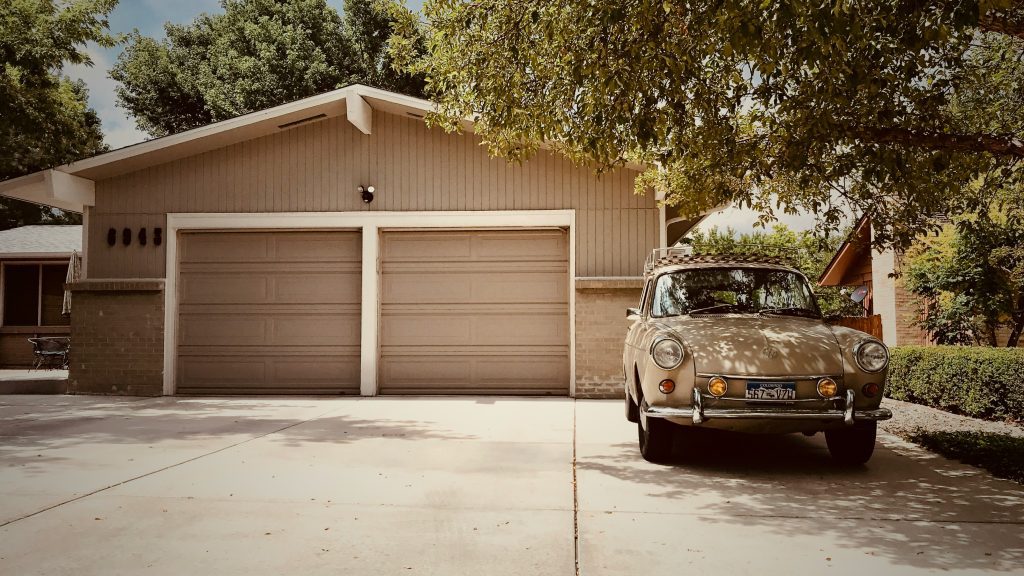Key Factors That Influence Hurricane Shutter Pricing: A Comprehensive Guide
Hurricane shutters are a crucial investment for homeowners in hurricane-prone regions. They offer protection against high winds, flying debris, and water infiltration during severe storms.
However, when considering installing hurricane shutters, one of the primary concerns for homeowners is often the cost.
Understanding the factors influencing hurricane shutter pricing can help homeowners make informed decisions. This comprehensive guide will discuss the eight key factors that impact hurricane shutter pricing.
Material:
The material of the hurricane shutters plays a significant role in determining their cost. Common materials include aluminum, steel, wood, and impact-resistant polycarbonate.
Aluminum shutters are famous for their durability and low maintenance, making them a cost-effective option. Steel shutters offer enhanced strength but may come at a higher price point.
Wood shutters provide a traditional aesthetic but require more maintenance and are typically more expensive.
Impact-resistant polycarbonate shutters offer a lightweight and modern alternative but can be pricier than traditional materials.
Size And Coverage:
The size of your windows and doors and the total area to be covered directly impact the cost of hurricane shutters.
Larger openings or extensive coverage areas will require more materials and labor, resulting in higher pricing.
Custom-designed shutters to fit specific window and door dimensions may incur additional costs compared to standard sizes.
Type Of Shutter:
Various types of hurricane shutters are available, each with unique features and price points.
Traditional options such as panel shutters and Bahama shutters are more affordable than more advanced options like accordion shutters or roll-down shutters.
Accordion and roll-down shutters offer convenient operation and often integrate seamlessly into the home’s architecture but come with a higher price tag due to their advanced design and mechanisms.
Installation Method:
The installation method can impact hurricane shutters’ initial cost and long-term maintenance. Some shutters require professional installation, which may involve additional fees for labor and expertise.
DIY options are available for certain types of shutters, but homeowners should consider the complexity of installation and ensure proper installation for effectiveness during a storm.
Improper installation can compromise the integrity of the shutters and potentially increase long-term costs for repairs or replacements.
Building Codes And Regulations:
Compliance with local building codes and regulations is non-negotiable when installing hurricane shutters.
Certain areas may have specific requirements for shutter materials, design, and installation methods to ensure adequate protection against hurricanes and other severe weather events.
Meeting these standards may involve additional expenses for specific features or modifications to the chosen shutter system.
Aesthetic Features:
While the primary function of hurricane shutters is to protect against storms, homeowners may also consider aesthetic factors that can influence pricing.
Decorative features, custom finishes, and color options beyond standard choices may incur additional costs.
Additionally, specialty designs or architectural enhancements to integrate shutters seamlessly into the home’s exterior can contribute to higher pricing.
Brand And Quality:
The brand reputation and quality of materials used in hurricane shutters can significantly impact pricing.
Established brands known for their durability, reliability, and performance may command higher prices than lesser-known manufacturers.
High-quality shutters ensure long-term durability and peace of mind during hurricane season but may require a higher upfront investment.
Warranty And Maintenance:
Considering warranty coverage and long-term maintenance requirements is essential when evaluating hurricane shutter pricing.
Shutter systems with extended warranties or comprehensive maintenance plans may have higher initial costs but can offer added protection and support over time.
Conversely, cheaper options with limited warranties or higher maintenance needs may result in higher overall costs in the long run.
Some hurricane shutter systems offer additional energy efficiency features, such as insulation or solar reflective coatings, which can impact pricing. While these features may increase the upfront cost of the shutters, they can provide long-term savings on energy bills by reducing heat transfer and improving overall insulation.
Homeowners in regions with extreme temperatures or high energy costs may find the investment in energy-efficient hurricane shutters worthwhile, as they provide protection during storms and contribute to ongoing energy savings and comfort within the home.
Conclusion:
Several factors influence the pricing of hurricane shutters, ranging from material choice and size to installation method and brand reputation.
Homeowners should carefully evaluate their priorities, budget constraints, and local requirements when selecting hurricane shutters for their property.
While cost is undoubtedly a crucial consideration, it’s essential to prioritize quality, durability, and compliance with safety standards to ensure effective protection against hurricanes and other severe weather events.
Homeowners can make informed decisions to safeguard their homes and loved ones by understanding the key factors that influence hurricane shutter pricing.
For premium-quality hurricane shutters that combine durability, functionality, and aesthetic appeal, consider All Guard Storm Shutters.
With a reputation for excellence and a wide range of options to suit every need, we offer peace of mind and reliable protection for your home.






